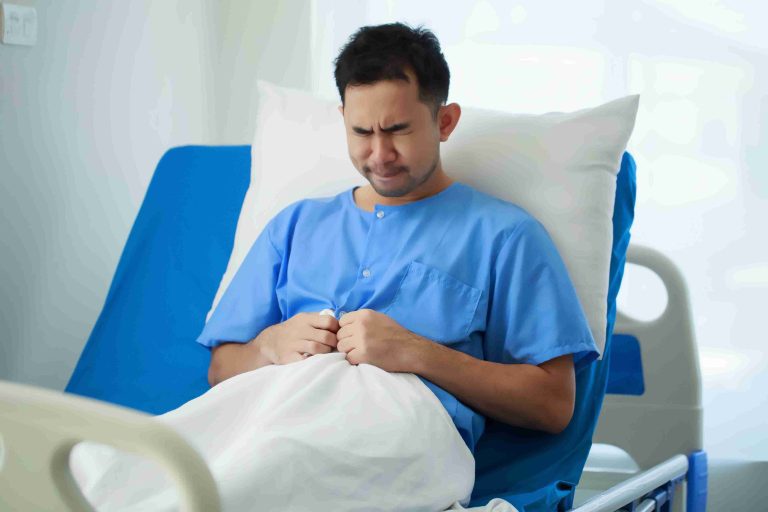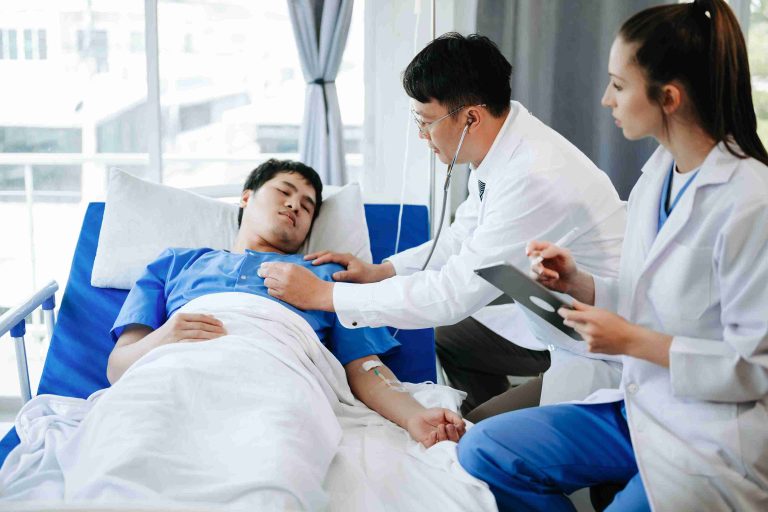In emergency medical care, timing can make the difference between life and death. Quick, accurate diagnosis is essential when a patient arrives with severe internal bleeding, intense abdominal pain, or unexplained vomiting.
Among the most powerful tools in a clinician’s arsenal during such crises is the endoscope—a slender, flexible tube fitted with a camera that allows doctors to look inside the digestive tract. When used in urgent scenarios, endoscopy becomes not just a diagnostic aid but a potential lifesaver.
Let’s explore how this minimally invasive procedure plays a critical role in emergency medicine, helping doctors act fast to identify and treat internal conditions that might otherwise go unnoticed until it’s too late.
Why Endoscopy Matters in Emergencies
Endoscopy provides direct visual access to the gastrointestinal tract, which is otherwise inaccessible without surgery. In emergency settings, this real-time imaging enables physicians to pinpoint bleeding, perforations, blockages, or abnormal growths. It eliminates guesswork and reduces the time needed to arrive at a definitive diagnosis.
When seconds matter, the ability to quickly visualize the esophagus, stomach, or intestines allows clinicians to intervene promptly—often during the same session. For instance, if a bleeding ulcer is spotted, tools can be passed through the endoscope to cauterize or clip the source of the hemorrhage on the spot.
Gastrointestinal Bleeding: Rapid Identification and Control
One of the most common and life-threatening emergencies involving the digestive system is upper gastrointestinal bleeding. Patients may present with symptoms such as vomiting blood, passing black or tarry stools, or experiencing a sudden drop in blood pressure.
Emergency endoscopy is typically the first-line diagnostic and therapeutic procedure in such situations. It allows doctors to locate bleeding from ulcers, varices (enlarged veins), tumors, or tears in the mucosal lining. Once identified, the source can often be treated immediately using endoscopic techniques—significantly lowering the risk of further blood loss or the need for surgery.
Foreign Body Ingestion or Obstruction
Children, elderly individuals, or patients with psychiatric conditions may inadvertently swallow objects that become lodged in the esophagus or stomach. In some cases, food boluses can also cause blockages, especially in patients with pre-existing narrowing of the esophagus or gastrointestinal tract.
In these cases, endoscopy serves both diagnostic and therapeutic purposes. It helps visualize the foreign body, assess the extent of the obstruction or injury, and allows for safe removal without the need for invasive surgery. Time is crucial, particularly if the object has sharp edges or is causing airway compromise.
Suspected Gastrointestinal Perforation
A perforation in the digestive tract can rapidly lead to sepsis, a life-threatening condition. Symptoms include sudden, severe abdominal pain, fever, and signs of shock. While imaging techniques like X-rays or CT scans can suggest a perforation, endoscopy may be necessary to confirm its location and determine the appropriate management.
In select cases, endoscopic procedures can even be used to seal small perforations with clips or stents, preventing further leakage and reducing the need for open surgery. However, this must be done with utmost care and usually in controlled environments with surgical backup ready.
Severe Vomiting and Unexplained Symptoms
Persistent vomiting, especially when accompanied by blood or significant pain, can signal serious underlying conditions like Mallory-Weiss tears, gastric outlet obstruction, or cancer. When standard evaluations yield no answers, emergency endoscopy offers immediate insights into the structure and function of the upper gastrointestinal tract.
Identifying tears, tumors, or narrowed passages can help doctors tailor the treatment quickly—whether that means surgical referral, medical management, or hospitalization for further monitoring.
Role in Emergency Room Triage and Decision-Making
In an emergency department, endoscopy not only aids in diagnosis but also helps determine the urgency of intervention. By identifying high-risk features such as active bleeding or visible vessels, doctors can prioritize patient care based on real-time findings.
For example, a patient with minor oozing from a gastric ulcer might be safely monitored in the hospital, while one with a spurting artery from a duodenal ulcer would require immediate intervention. This precise stratification ensures that resources are used effectively and that patients receive the level of care their condition demands.
Speed, Safety, and Accuracy
Emergency endoscopy has several advantages over more invasive or time-consuming diagnostic methods. It eliminates the delay associated with surgical exploration, offers high diagnostic yield, and can often treat the issue on the spot. Complications from the procedure are rare when performed by experienced specialists, and the recovery time is significantly shorter than that of open surgery.
Moreover, sedation protocols have improved, making the procedure more tolerable for patients—even in distressing situations. In some emergency units, portable endoscopy units enable bedside procedures for critically ill patients who cannot be moved to the endoscopy suite.
Training and Availability in Emergency Settings
Because emergencies don’t operate on a schedule, having trained personnel and facilities ready around the clock is essential. Many hospitals have on-call gastroenterologists or surgical teams who can perform emergency endoscopies at any hour. These teams are trained to assess patients rapidly, perform the procedure, and make crucial decisions within tight timeframes.
However, access to such services may vary by region. In rural or under-resourced settings, limited availability of equipment or specialists can delay endoscopy, potentially affecting outcomes. That’s why efforts to increase accessibility and improve emergency response infrastructure are ongoing in many healthcare systems.
Looking Beyond the Immediate Crisis
Emergency endoscopy doesn’t just stop at fixing the immediate issue—it often provides clues to underlying chronic conditions. For instance, a patient treated for bleeding varices might later be diagnosed with advanced liver disease. A tear caused by vomiting might indicate a more serious eating disorder.
In this way, the emergency procedure can serve as a gateway to further evaluations, referrals, and long-term care planning. By addressing both acute and chronic aspects, doctors can offer patients a better chance at recovery and prevention of future crises.
Conclusion
In the chaos of an emergency room, endoscopy shines as a tool that combines speed, precision, and life-saving potential. From halting internal bleeding and retrieving foreign bodies to diagnosing tumors or tears, its role in acute care cannot be overstated. It bridges the gap between symptom and solution—often within minutes—reducing complications, preventing surgeries, and in many cases, saving lives.
Whether used for identifying obscure symptoms or controlling gastrointestinal hemorrhages, endoscopy remains one of the most important frontline tools in modern emergency medicine. As technology advances and training improves, its potential to provide fast, safe, and effective diagnoses will only grow, offering hope to patients in their most vulnerable moments.






